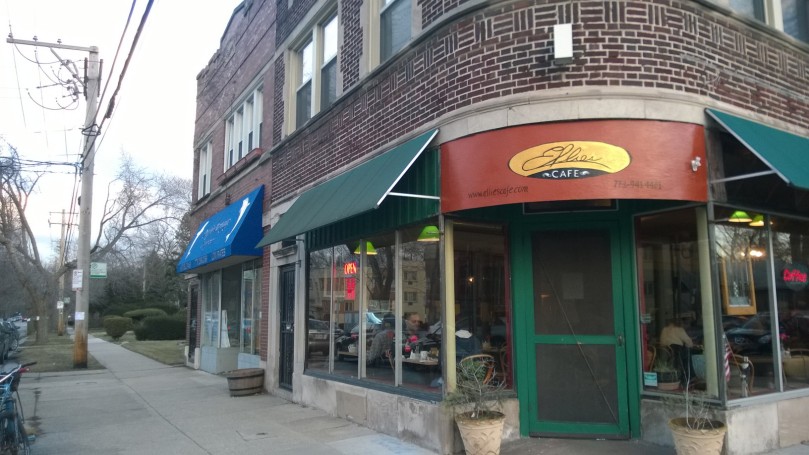
Residents of the Beverly area often refer to the community as a “village in the city,” and with its shady streets, quaint train stations and overall feeling of neighborliness, the moniker is often fitting. But how does our community stack up to an honest-to-God village? Over the weekend, my wife, a couple friends and I visited the rural tourist town of Galena where my wife once lived, and as we walked the streets, I couldn’t help but make comparisons.
Incorporated in 1841 but settled even earlier, Galena boomed as a major exporter of lead, and to this day, the signs of its early wealth are evident, from the succession of brick buildings that line Main Street to hilltop mansions to beautiful civic buildings, which continue to be used to this day either in their original capacity or by new inhabitants.
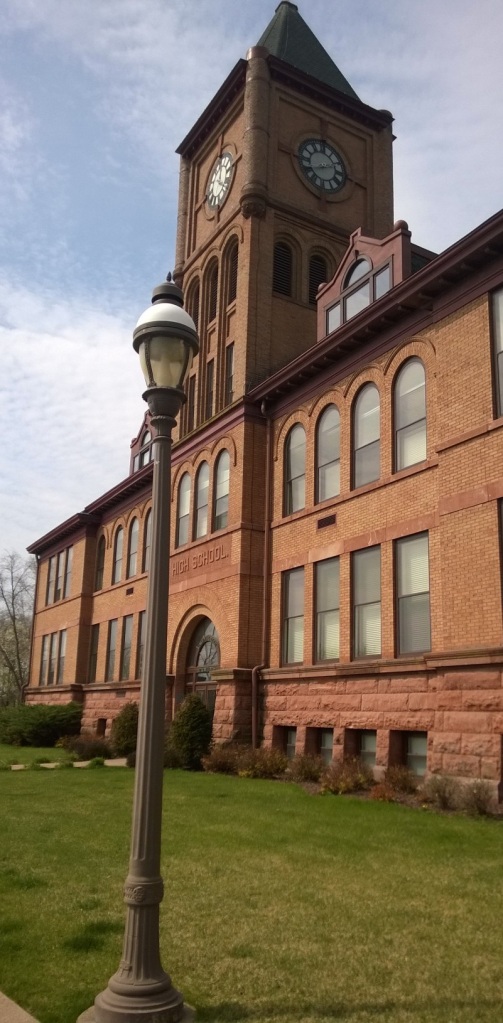
When the lead industry declined, so too did the town until its 20th century revival as a tourist destination. Today, Galena’s population of 3,400 is far from its peak of 14,000 during the boom years, but due to the virtue of being laid out in an era before automobiles, the town’s design enables the city (yes, Galena is technically incorporated as a city, although it is more characteristic of a village) to function well for residents and visitors alike.
Galena’s greatest virtue might be its compactness, which came about both because of its pre-automobile build-up and its geography in the so-called “driftless region” of northwest Illinois. Eons ago, glaciers flattened most of the Midwest but missed the area where Illinois, Iowa and Wisconsin meet at the Mississippi River. As a result, the topography of this region is dramatic by Midwestern standards, and Galena is nestled among the scenic hills. Sprawling development in such a location would have been unthinkable and impractical when Galena was founded.
What we are left with today is a stellar example of city-building done well. The village is centered around a gently curving Main Street that is enclosed by simple, narrow brick buildings of two to four stories. At the base of each is a storefront that opens to the sidewalk, and many include either additional commercial space or apartments on the upper floors. Today, we would look at this traditional design and call it “New Urbanism,” but over a century ago, it had no catchy name — it was just the way things were done.
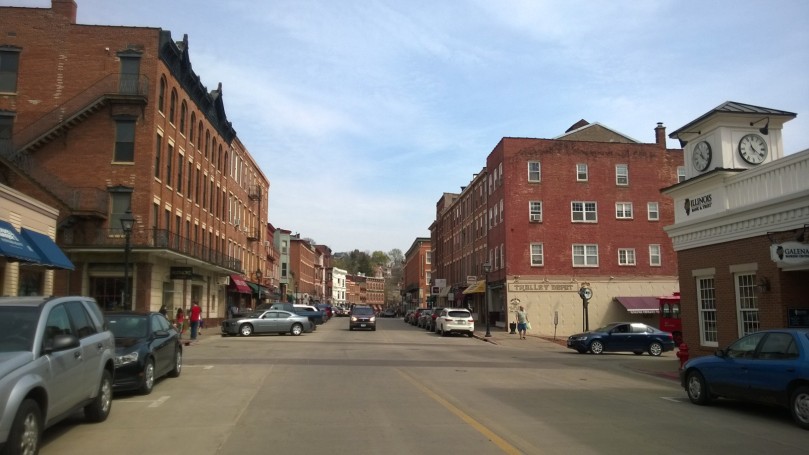

Since World War II, building another town like Galena — especially its Main Street — would be next to impossible, if not downright illegal in some areas. Many communities have effectively zoned this type of development out of existence in favor or single-use “pods” for residential, commercial, civic and industrial uses. Even in the Beverly area, our pockets of walkable development that most closely resemble Main Street Galena are outnumbered by the acres of post-World War II, auto-oriented corridors. Even our more traditionally designed areas still show the visible scars of overplanning for motorists.
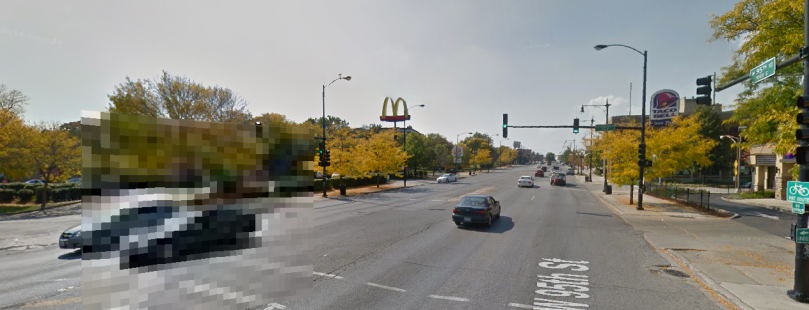
In many communities across the country, civic leaders are trying to find out how to recreate the type of development that came naturally in Galena’s early years. Because of the lack of memorable, walkable places in the United States, I would argue that the walkability of towns like Galena are their main draws for both locals and tourists. Probably the No. 1 activity for Galena visitors is simply strolling through the downtown and shopping, an activity that is probably not high on the to-do list for those who live near Beverly’s Western Avenue. Even on a Sunday morning, Main Street Galena is buzzing with activity.
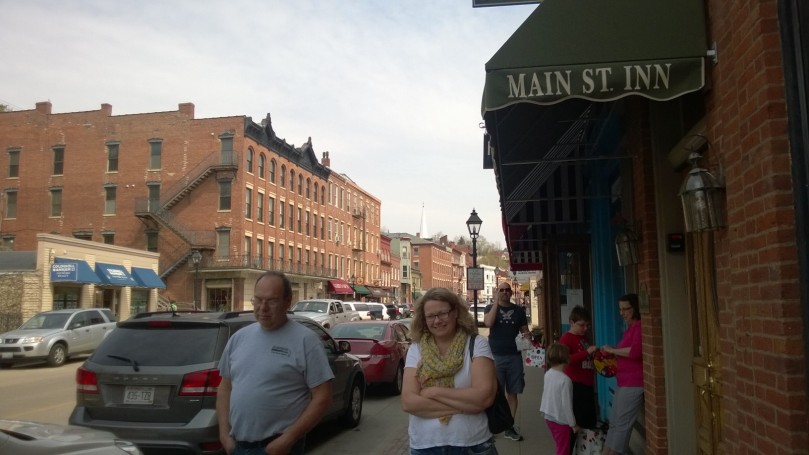
Western Avenue, not so much.
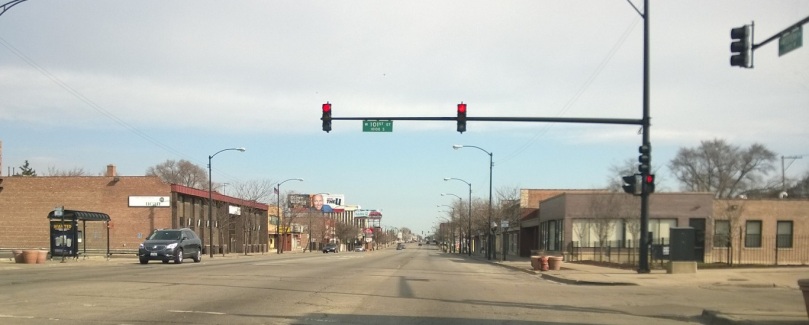
The same goes for 95th Street on a Saturday afternoon.
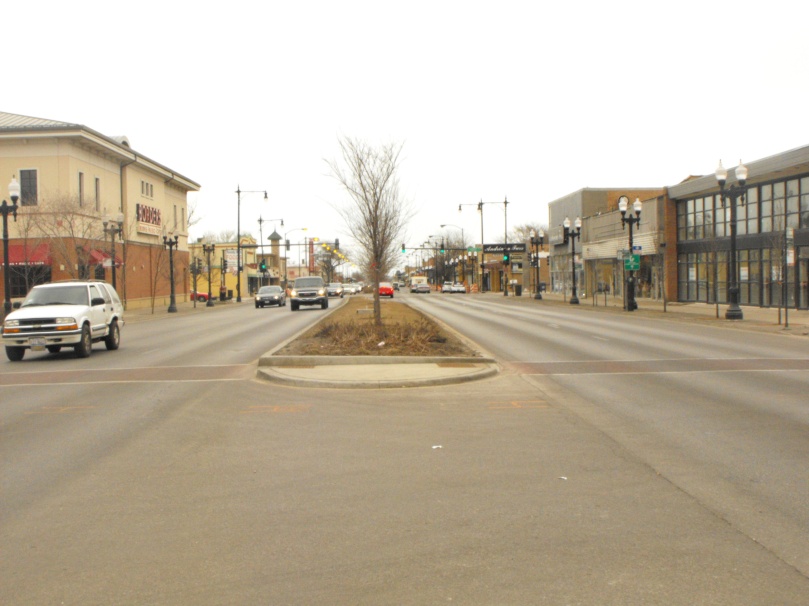
Galenans take great pride in their historic downtown. In the 1960s, residents successfully fought plans that would have demolished significant portions of the downtown in order to accommodate a shopping mall and parking. Instead, most Galena buildings were placed on the National Register of Historic Places, and today, it reaps the benefits of traditional neighborhood design. Meanwhile, back home, the Beverly area’s retail corridors that were developed around cars are struggling while a focus on traditional neighborhood development in places like 103rd Street is helping bring about gradual revitalization.
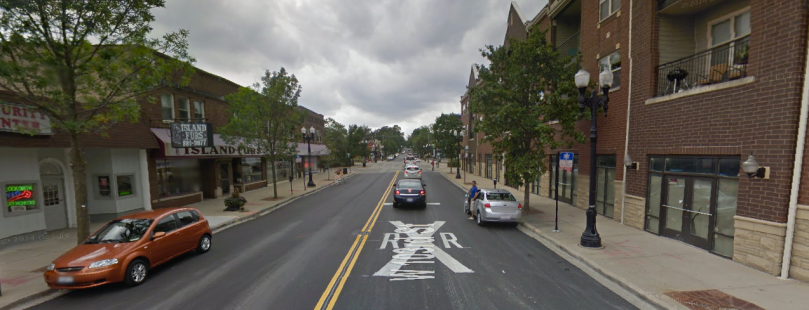
Let’s not forget that Galena is not currently served by passenger rail. All out-of-towners arrive by car. Yet even with an abundance of cars on the streets, downtown continues to be a walker’s paradise. Few businesses have their own off-street parking lots. The vast majority of parking is shared among properties. Main Street is almost continuously lined with parked cars, while drivers navigate the narrow street at a slow pace.
Many civic leaders across the country today would look at Main Street Galena and see a series of hazards: Parked cars, jaywalkers, vehicular travel-lanes that are just 8 feet wide. But it is precisely these things that keep the street safe, since drivers are forced to be alert. By contrast, a wide, straight road with multiple 12-foot-wide travel lanes sends the signal that this is a place to speed, regardless of the posted limit.

In Galena, it simply is not possible for drivers to travel faster than about 20 mph through the downtown. Planners in Galena recognize that the street is a public asset intended to foster social and economic interactions rather than a means to quickly funnel vehicles to other locations. In other words, it is shared space.
Which leads me to another major asset: A mix of uses. In Galena, downtown isn’t just for shopping and sightseeing. It’s also where people live, go to church, go to work and visit for entertainment. It accommodates drivers, walkers and bicyclists. It is this very intensity of uses that enhances the downtown’s financial, cultural and social value.
It’s a place where you can be active…
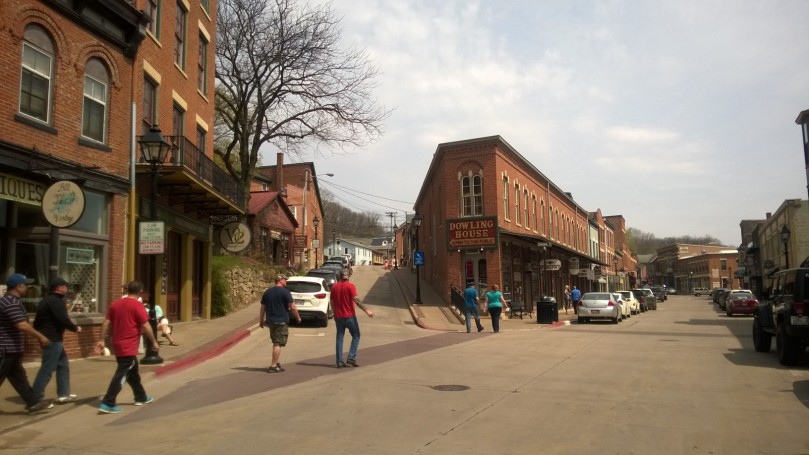
Or just linger.
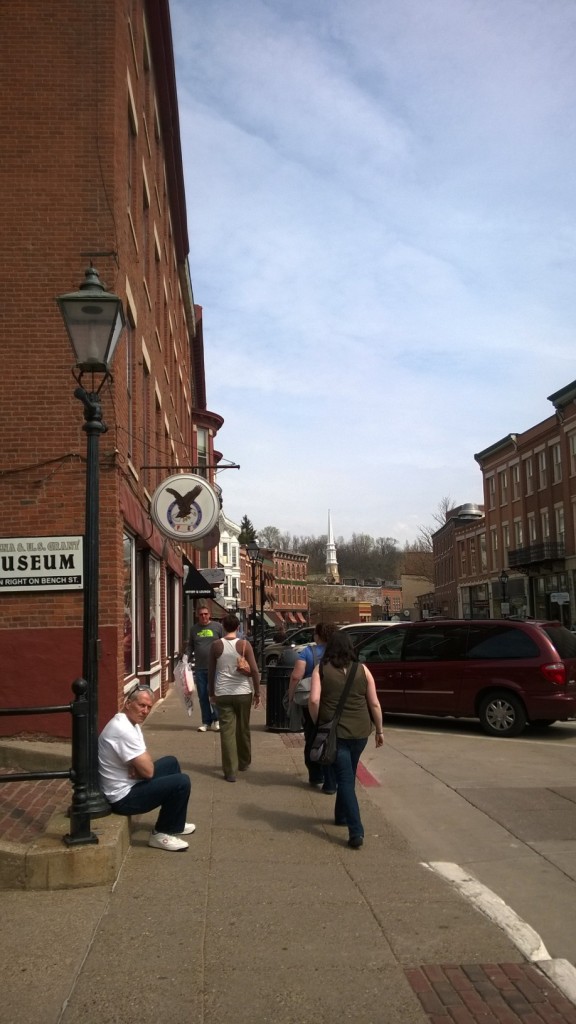
Again, the Beverly area has parts that approach this intensity of uses, such as 103rd Street and 111th Street, but a general insistence on keeping things separate over the past 60 years has prevented our commercial corridors from developing in the way Galena’s did.
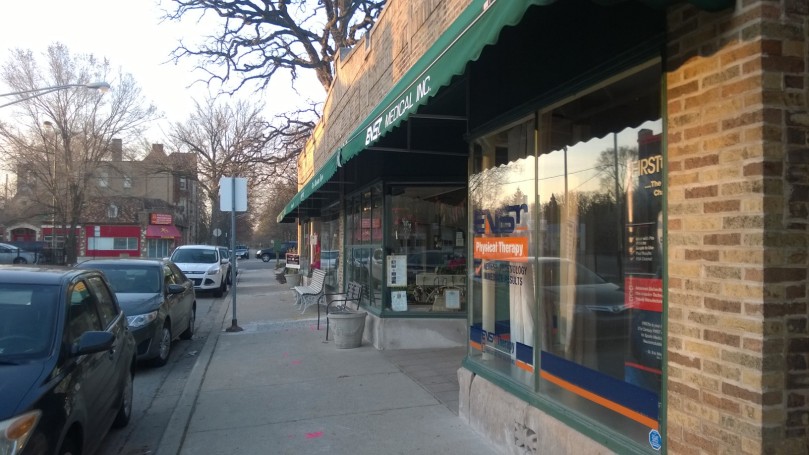
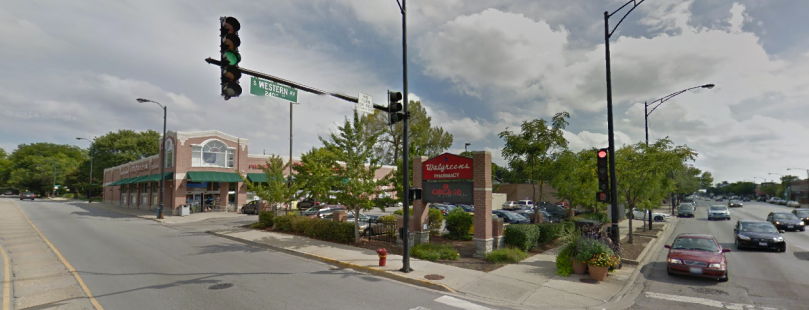
As I described in an earlier post about Mount Greenwood, we’ve even separated our gathering space from the public realm. In Galena, spaces where streets are not navigable to drivers have naturally become the types of successful public spaces that all of our planning here can’t seem to replicate.
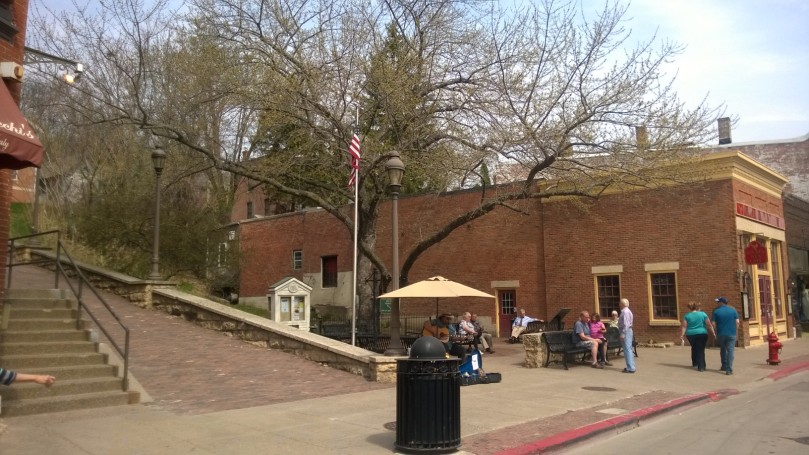
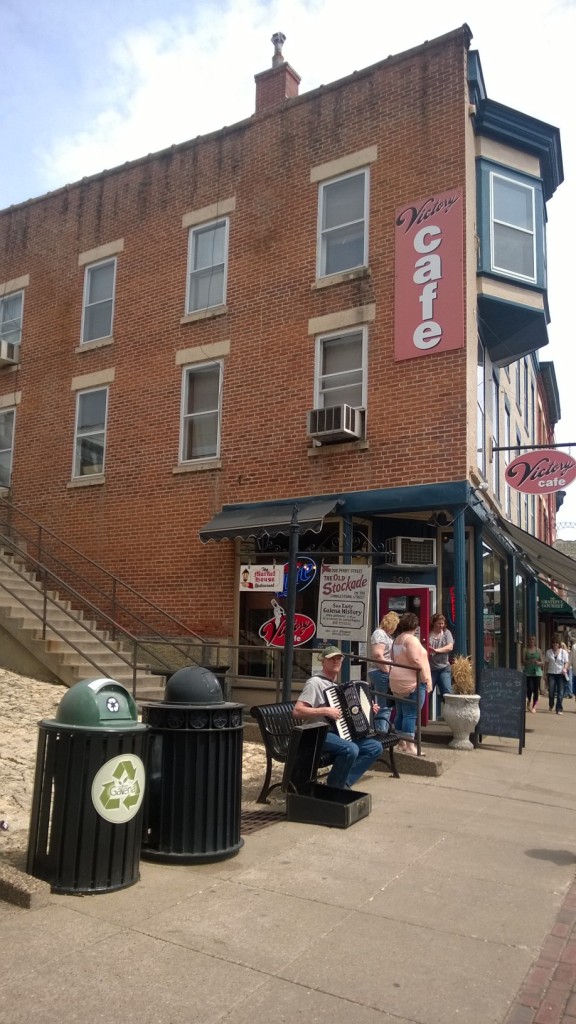
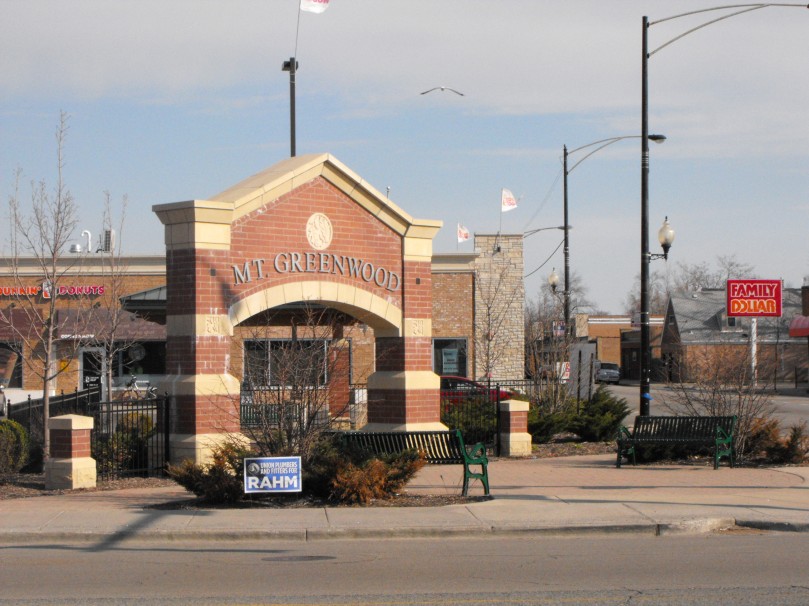
Not only does Galena posses a mix of uses, it also has a variety of housing types that can support residents at different stages of life. On Main Street, apartments above the storefronts support people from young professionals to families. It was exactly this type of apartment that provided a home for my wife when she lived in Galena. She was able to live in an affordable place that enabled her to walk to work at the local newspaper as well as to dining and shopping.
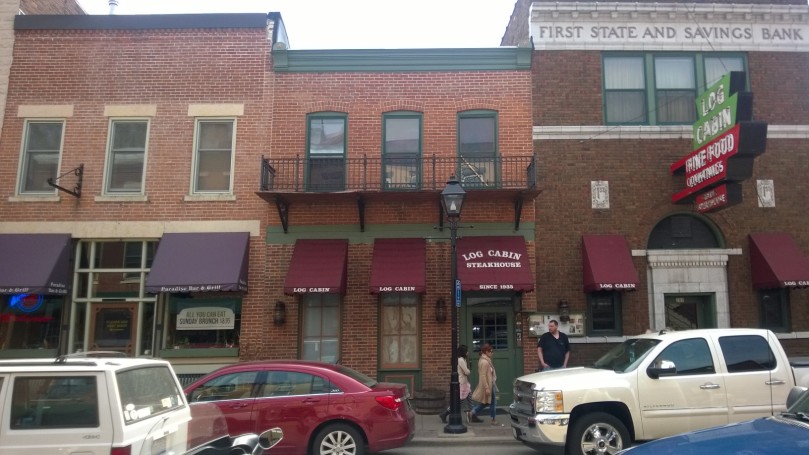
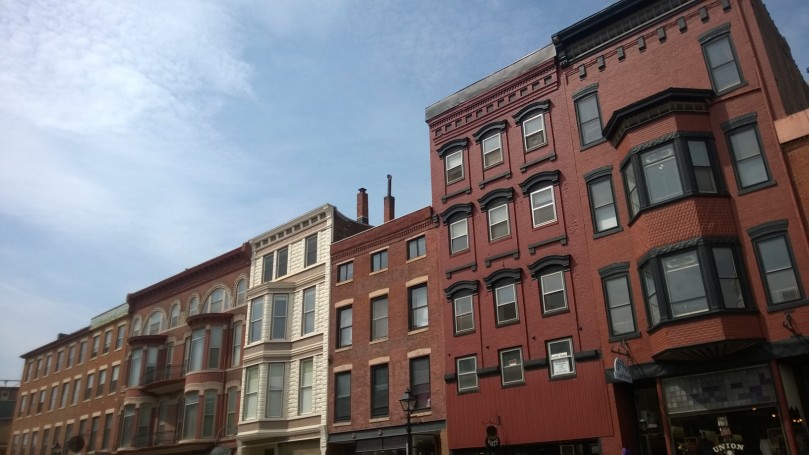
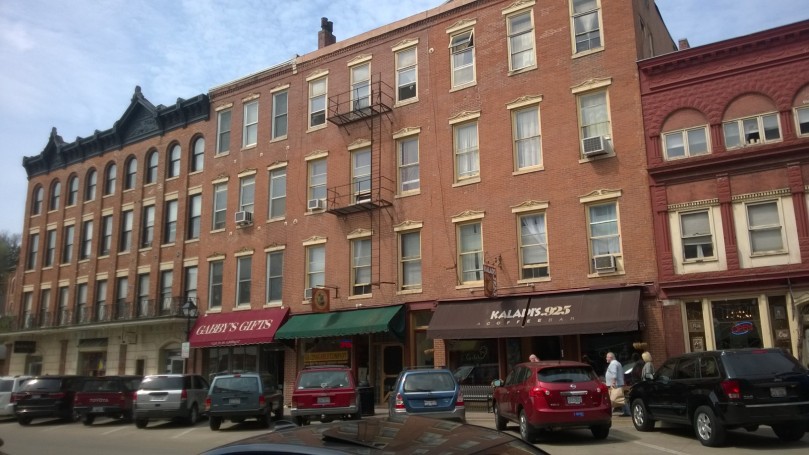
In Beverly, we have some areas that resemble Main Street Galena, but we still tend to separate our multi-family housing from our shopping.
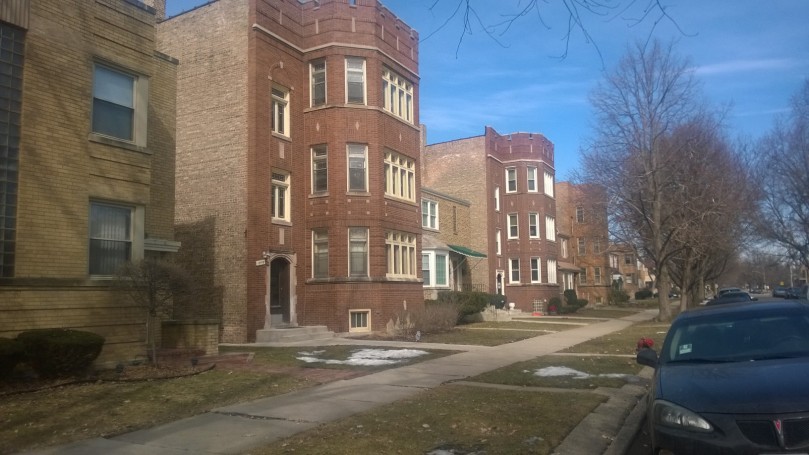
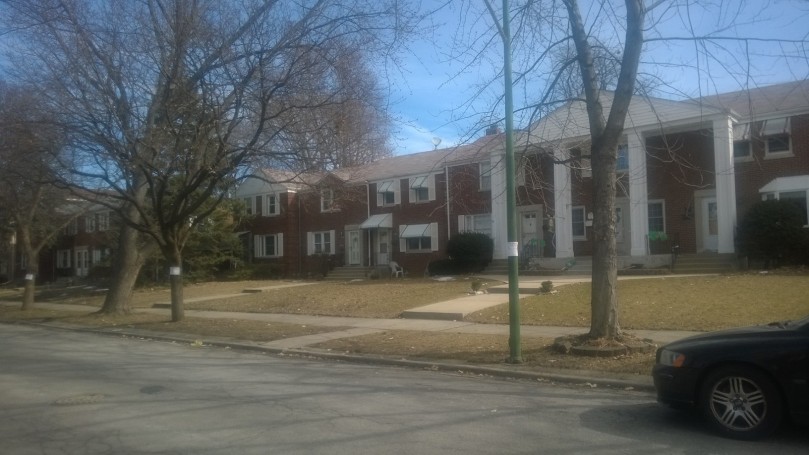
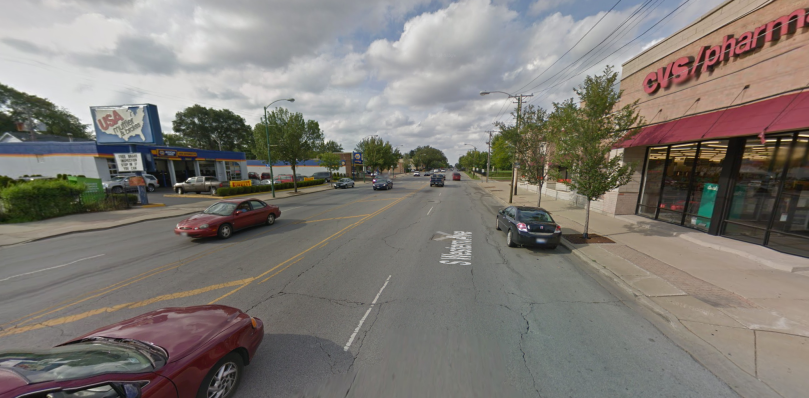
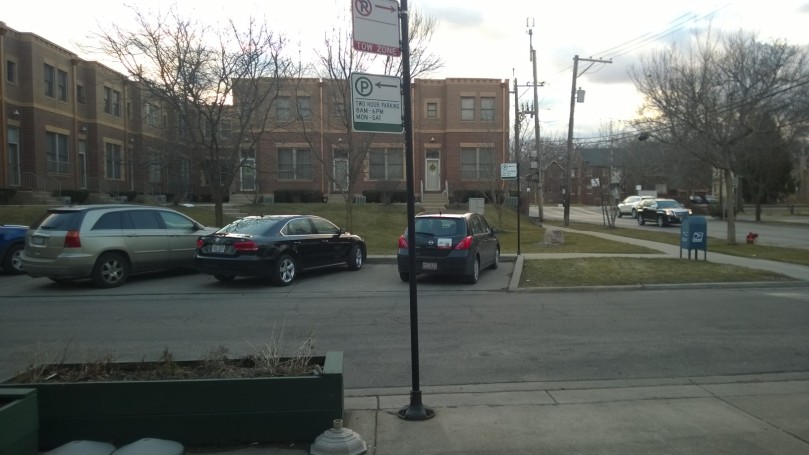
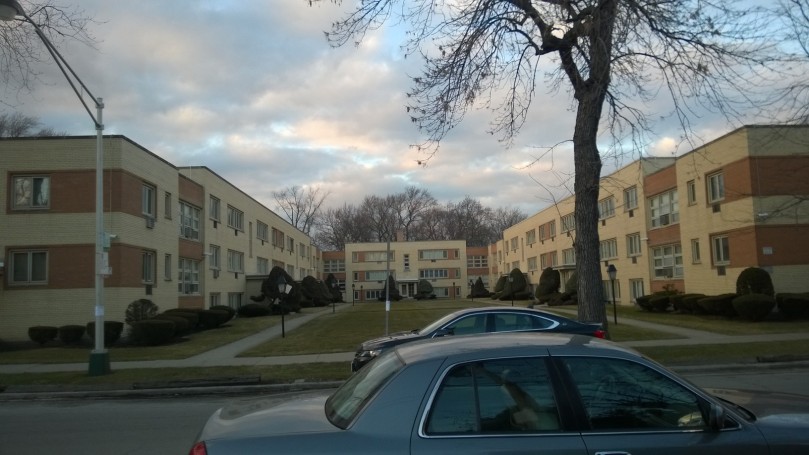
In Galena, as people’s socioeconomic status improves or if their households grow, they can move to row houses also located in the downtown area or detached homes farther up the hills (but still generally within walking distance of Main Street).
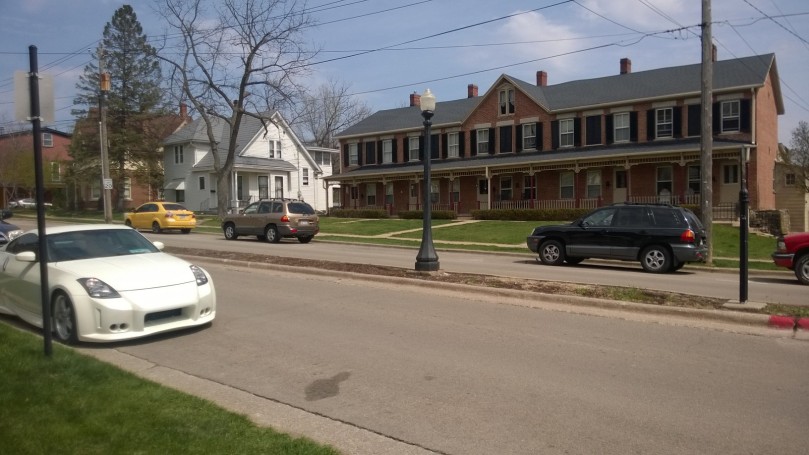
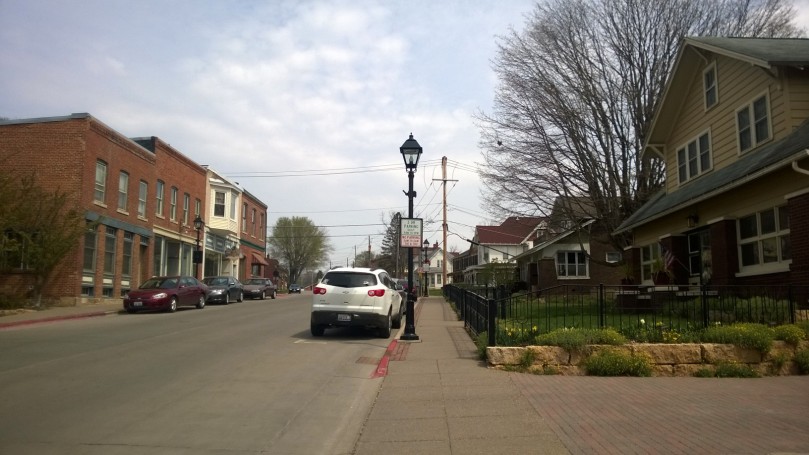
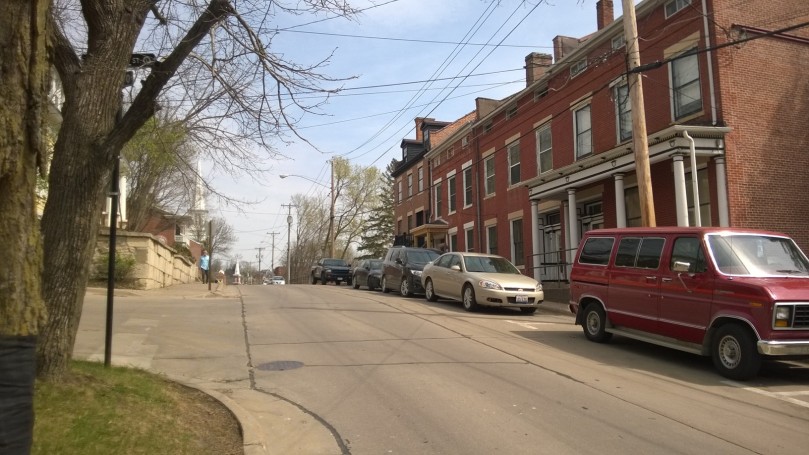
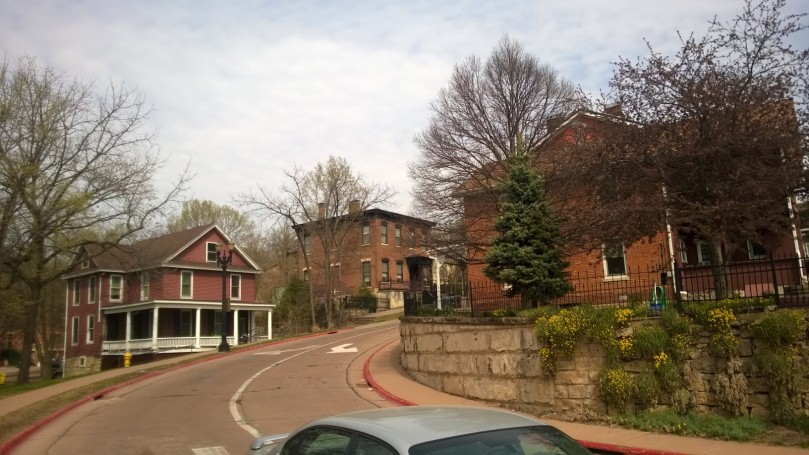
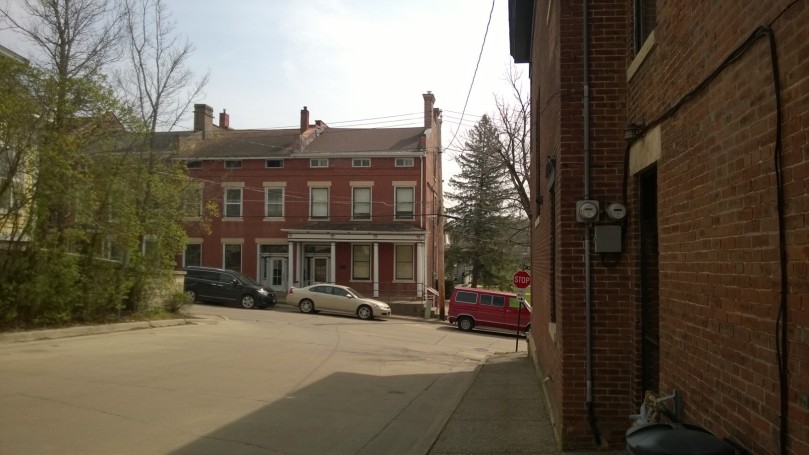
The grand mansions of some of the town’s more well-to-do residents are still steps from the more affordable options — even if they do get some of the village’s best views.

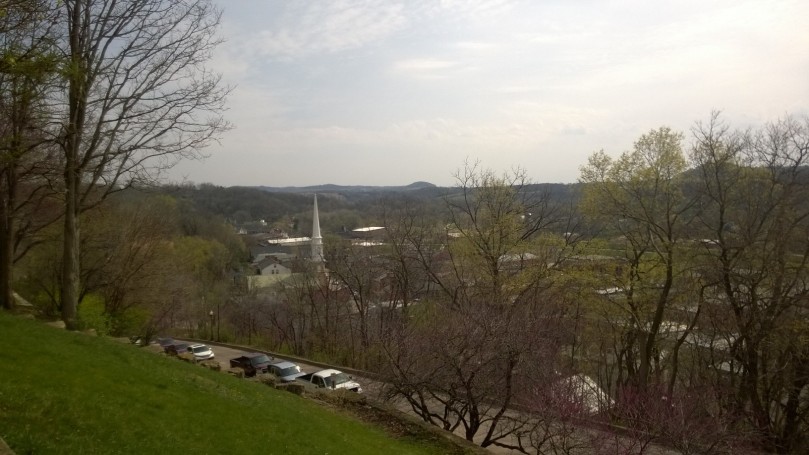
Even the residential areas are highly walkable, and it’s here that the traditional village and our urban village become more similar. Houses are generally placed close to the lot line with front doors, porches and stoops that are just steps from the sidewalk. Even if no one is outside, there are still signs of life in these neighborhoods, and the street-facing windows help put watchful eyes on the street. Yards exist, but for the most part, they are located in the rear of the homes.

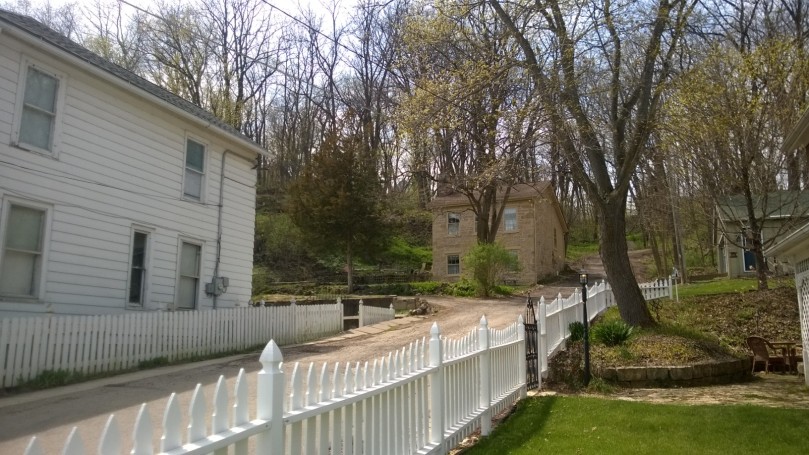
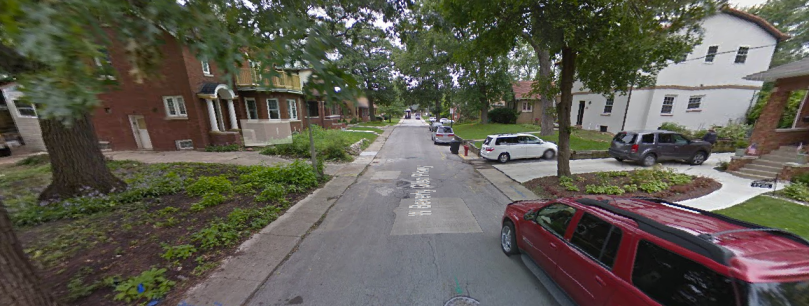
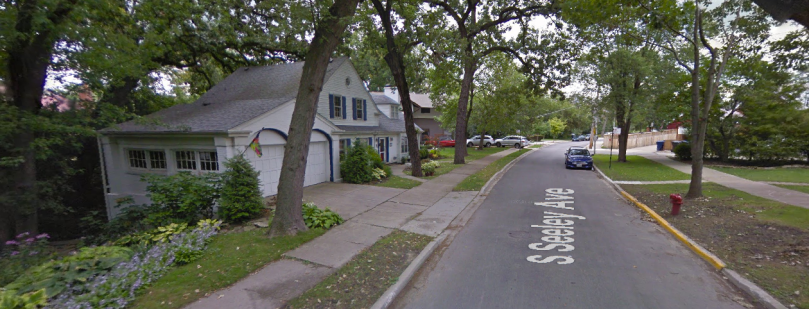
Like in Beverly, cars are often parked on the street in Galena’s residential areas, helping calm traffic that does pass through. It’s not uncommon for one driver to wait patiently while an oncoming vehicle passes. As on Main Street, this (combined with some steep hills) helps ensure that vehicles don’t speed through areas where children play and adults stroll.
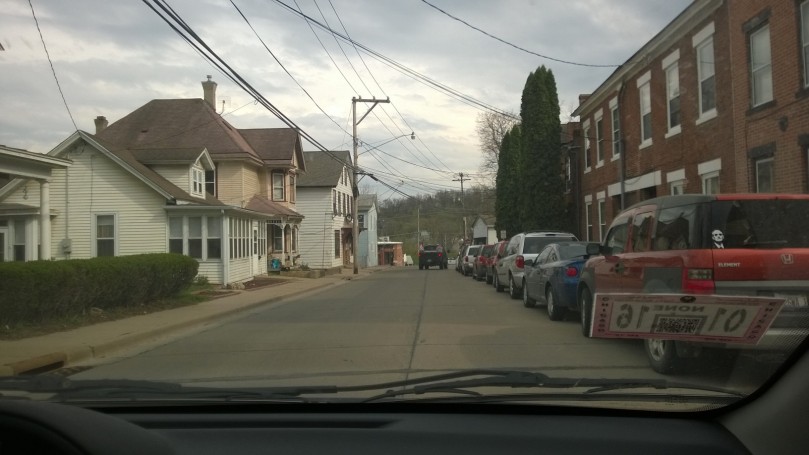
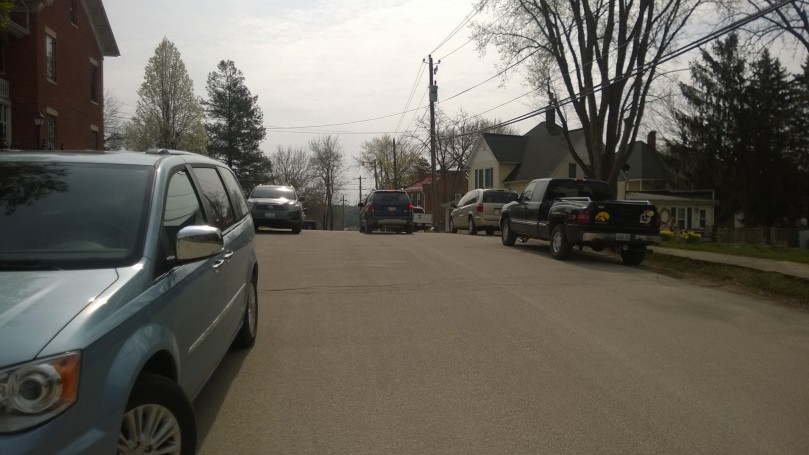
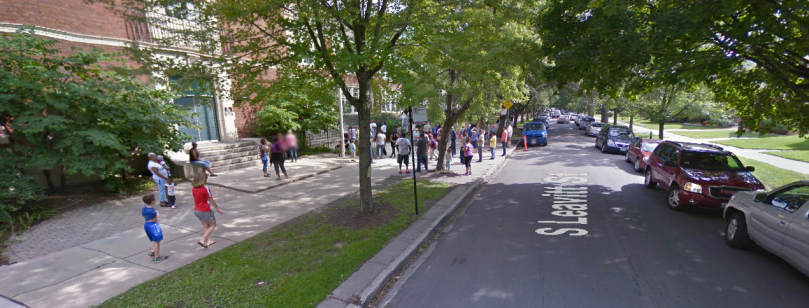
Where the two communities differ, though, is that Galena’s residential areas also contain some non-residential uses, bringing some daily essentials even closer to people’s home’s. Interspersed among some homes are businesses from a dry cleaner to a bar to art galleries run out of people’s garages. In newer communities, including Beverly and other Chicago neighborhoods, zoning laws have relegated these “corner store” uses to designated business districts. And while some cities like Washington, D.C., are looking to make these corner shops legal to build again, most communities still have a ways to go.
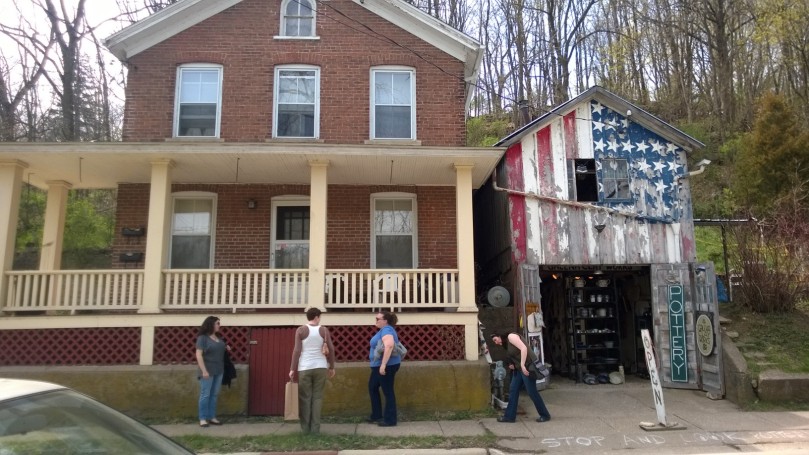
Perhaps what fascinates me most about Galena, though, is how much it gets “wrong” from a New Urbanism perspective. Sidewalks are relatively narrow. Much of Main Street is only for one-way traffic. The downtown street grid is disconnected in many places due to hills that are accessible by pedestrians only. It has no on-street bike lanes. These days, when we talk about building a thriving mixed-use district, we think of two-lane streets for maximum visibility (and safety); wide sidewalks for plenty of walkers, cafes and other amenities; and bike lanes to ensure those on two wheels are not flattened by people on four. But these are standards we are applying to places where roads have been widened and overengineered for maximum traffic flow. In many of our cities, we are thinking about ways to correct mistakes of the past. In a village like Galena, though, the original town planners got so much right about creating a successful place that even “deficiencies” like narrow sidewalks don’t make it any less walkable, vibrant and valuable.
I make it sound like Galena is an urbanist utopia, but the town does have its flaws. More day-to-day businesses like grocery stores, pharmacies and healthcare services have moved out of the increasingly tourist-oriented downtown for a sprawling section of development on the outskirts of town that is as unwalkable as the downtown is walkable. This type of development all but ensures that the car is a costly requirement for daily needs. In a town where residents prize their pedestrian-oriented downtown — and that downtown is so overwhelmingly valuable — it is curious that sprawl is allowed to proliferate.
That’s not to say these other uses are incompatible with a walkable environment, even in small towns. For instance, the quirky, rural village of Yellow Springs, Ohio, where my wife and I spent some time last year has a downtown that incorporates a small grocery store that is frequented by walkers and bicyclists, as well as drivers.
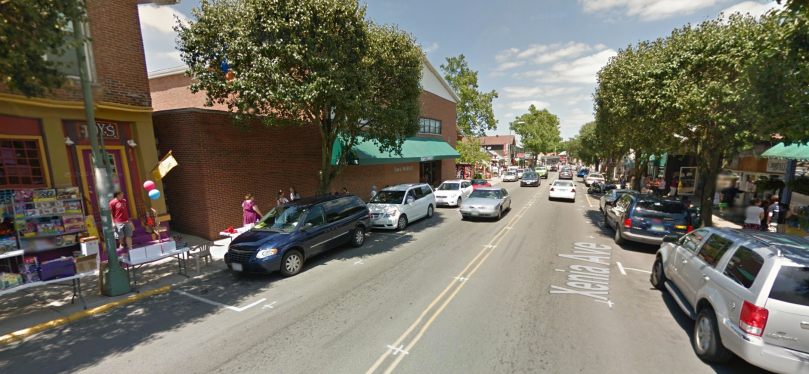
But for the most part, Galena is an example not just of a well-functioning traditional village but also of solid principles of good urbanism that any place, including our own “village in the city” could learn from. It has largely stayed true to its historic form, eschewing much of the outward suburban growth that other villages embraced in recent decades. Today, it is that suburban growth that is in decline around the country and proving prohibitively expensive to maintain, while traditional neighborhoods are prized by those seeking the conveniences they offer.
As I was preparing to write this piece, my wife, who has a much more intimate knowledge of Galena than I, advised me that Galena’s revitalization did not happen overnight. It took years and years of planning. I could not agree more, and it is wise advice for residents of our community to heed, as well. Today, I don’t think anyone in Galena would think trading such incremental growth for a quick buck from shopping center development would have been a wise decision, and moving forward, I suggest that we approach redevelopment of our community with a similar mindset.

There might be more activity at Ellie’s if certain people parking their vehicles on Hale Ave., just south of 107th St. adhered to the two hour parking limit 8 a.m. – 6 p.m.
LikeLike
Love the subjects you are covering – painful as they may be. I’m new to the area but see so much potential for a thriving community that does not have to rely 100% on the car. Not exactly how we translate that potential to built reality though. Thoughts? Keep up the good work.
LikeLike
[…] perfectly in line with a traditional village (see my earlier piece on the characteristics of a more traditional village. As a result, we end up looking and operating more like a sprawling, decentralized suburb, and […]
LikeLike